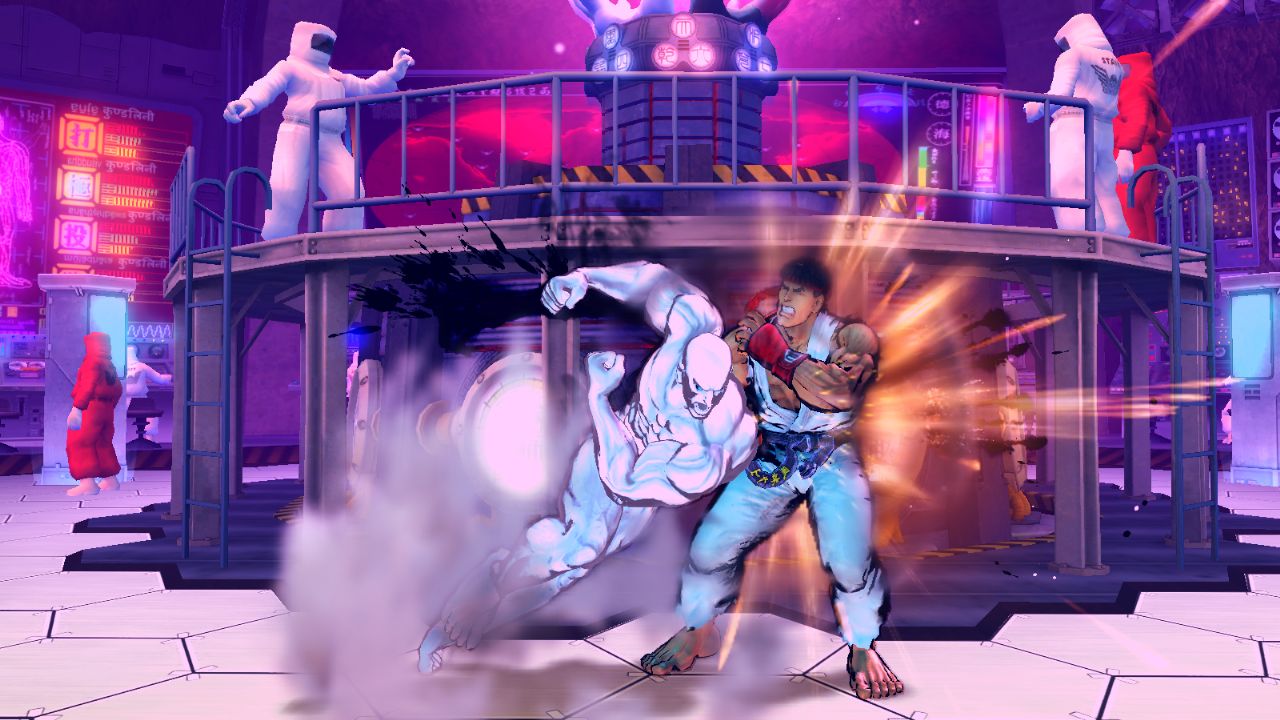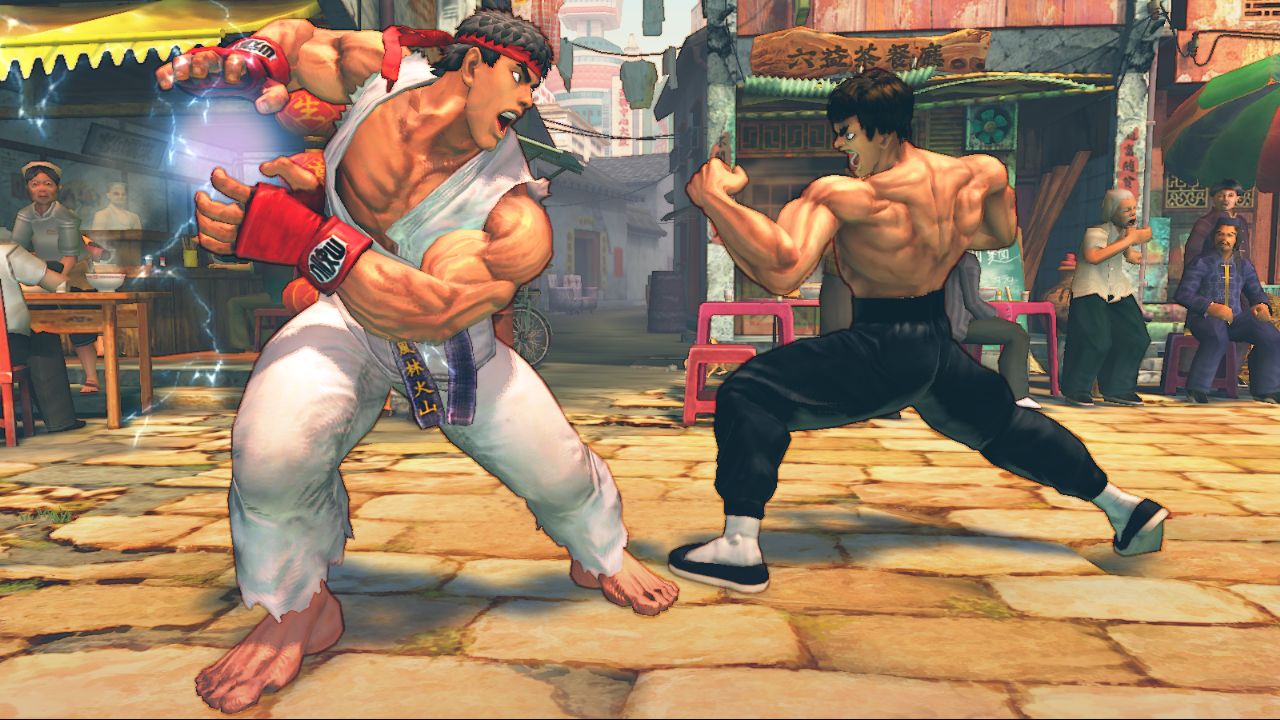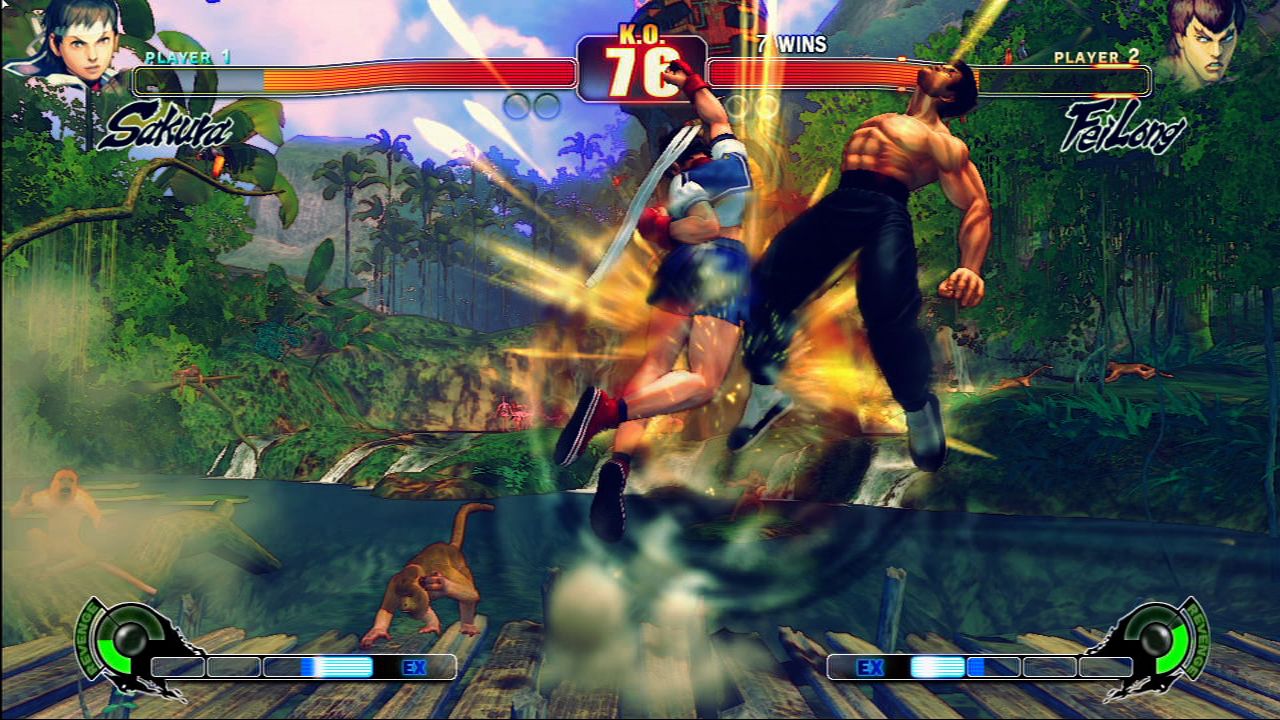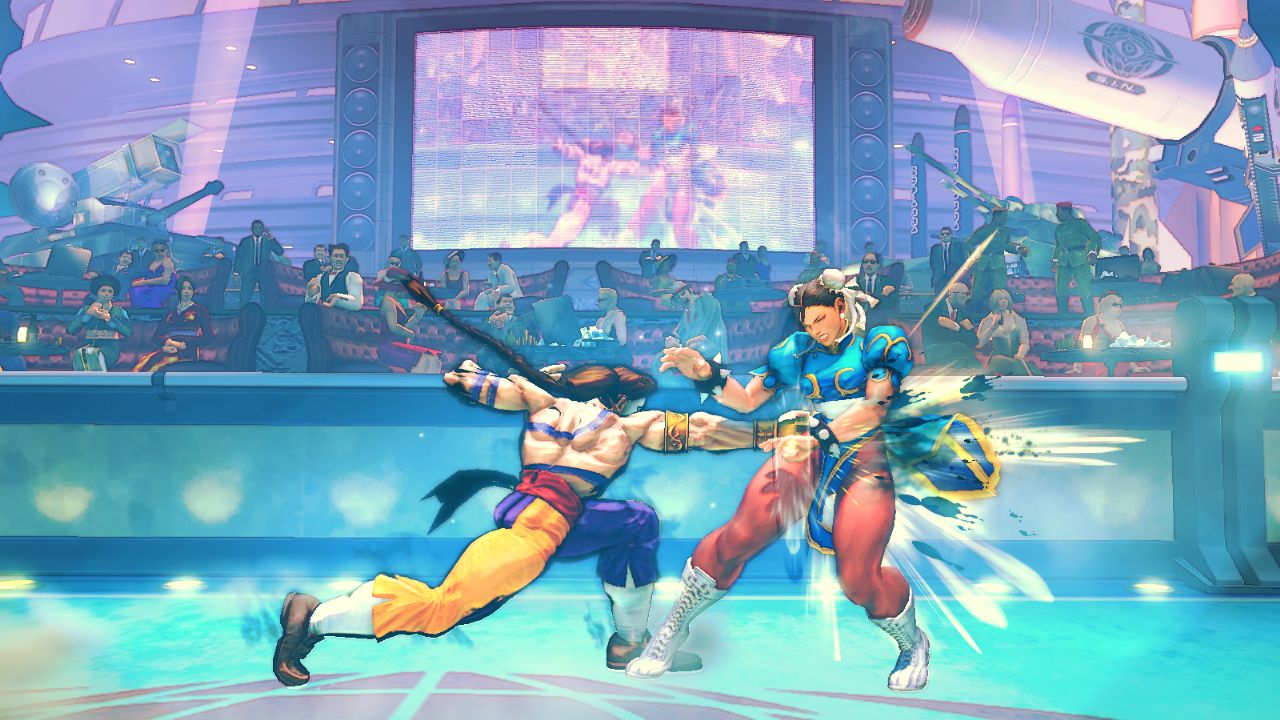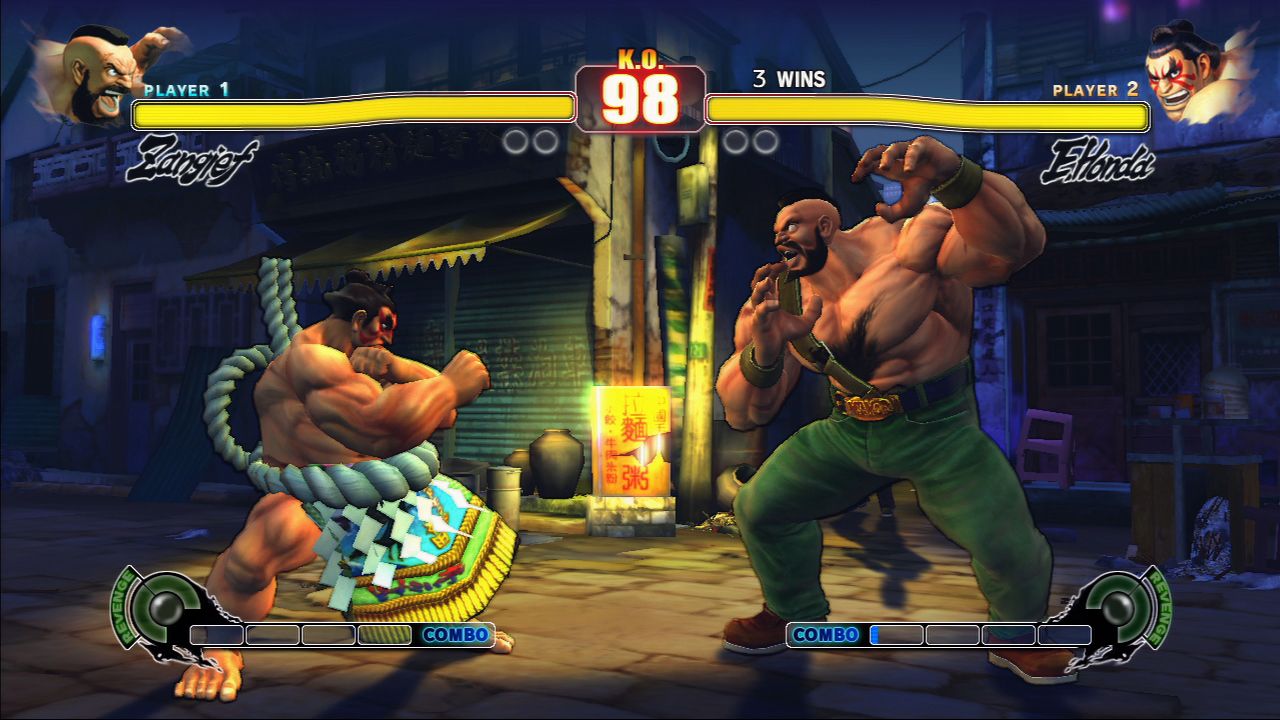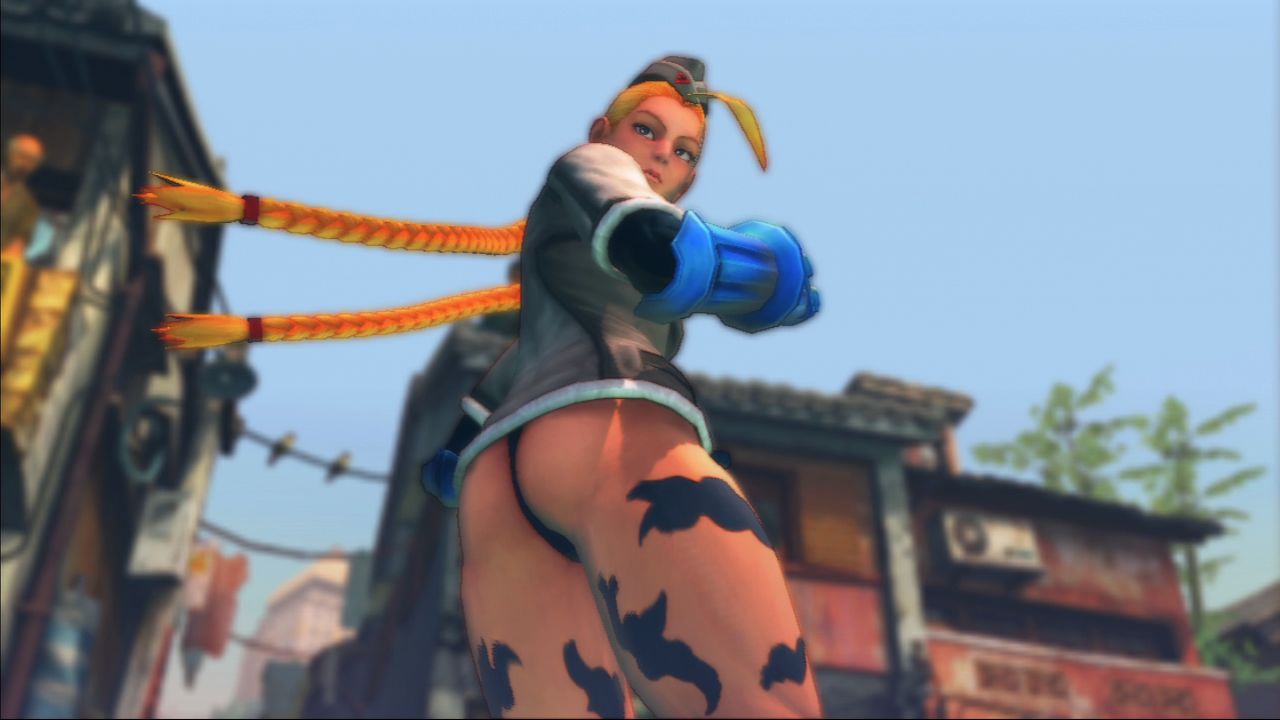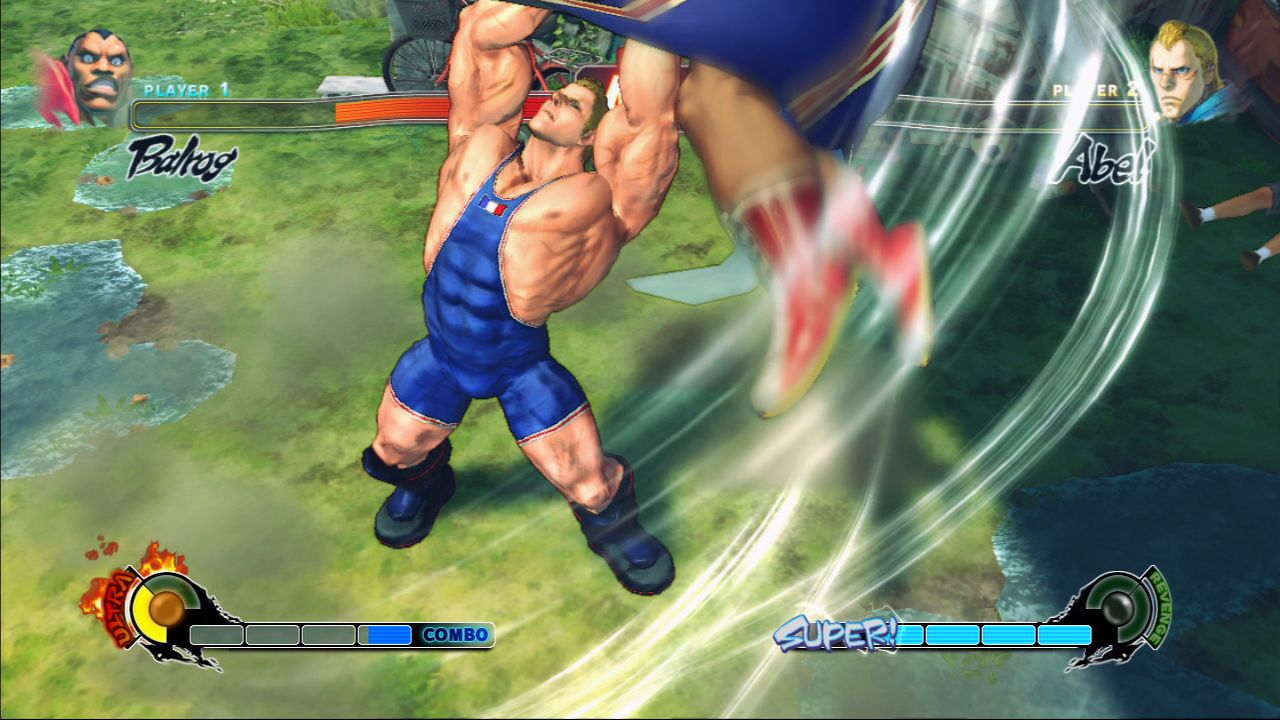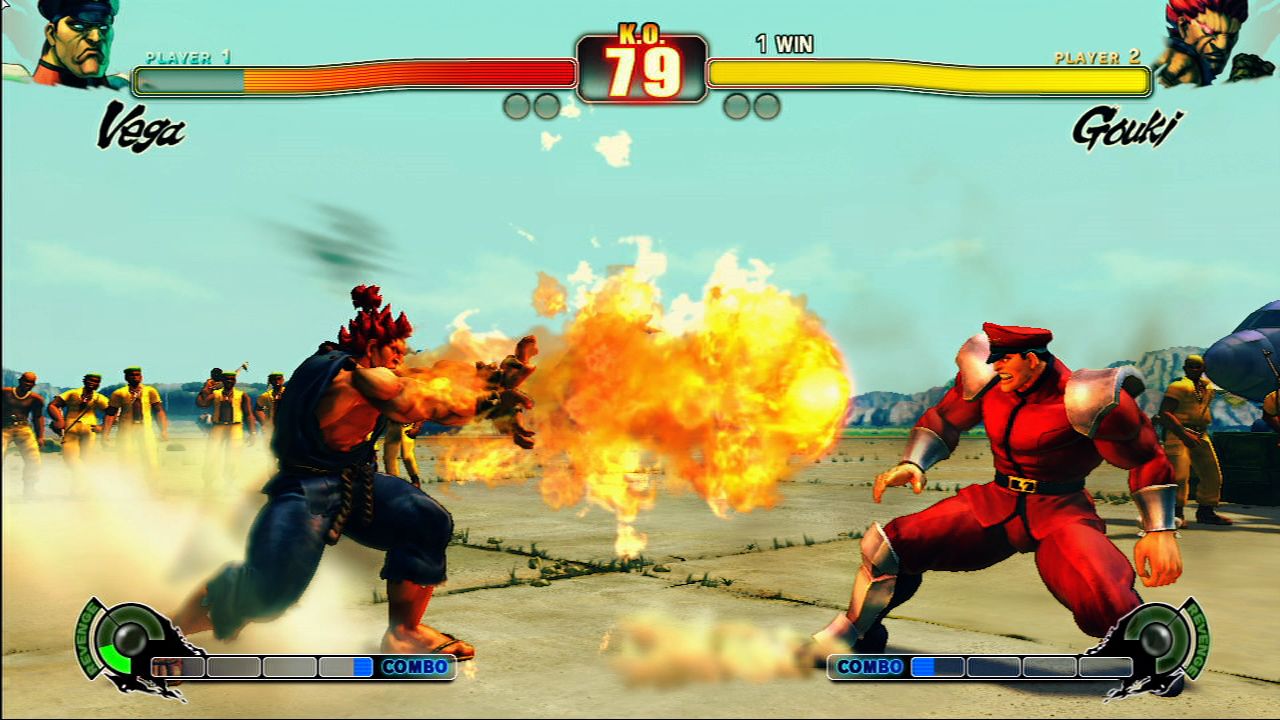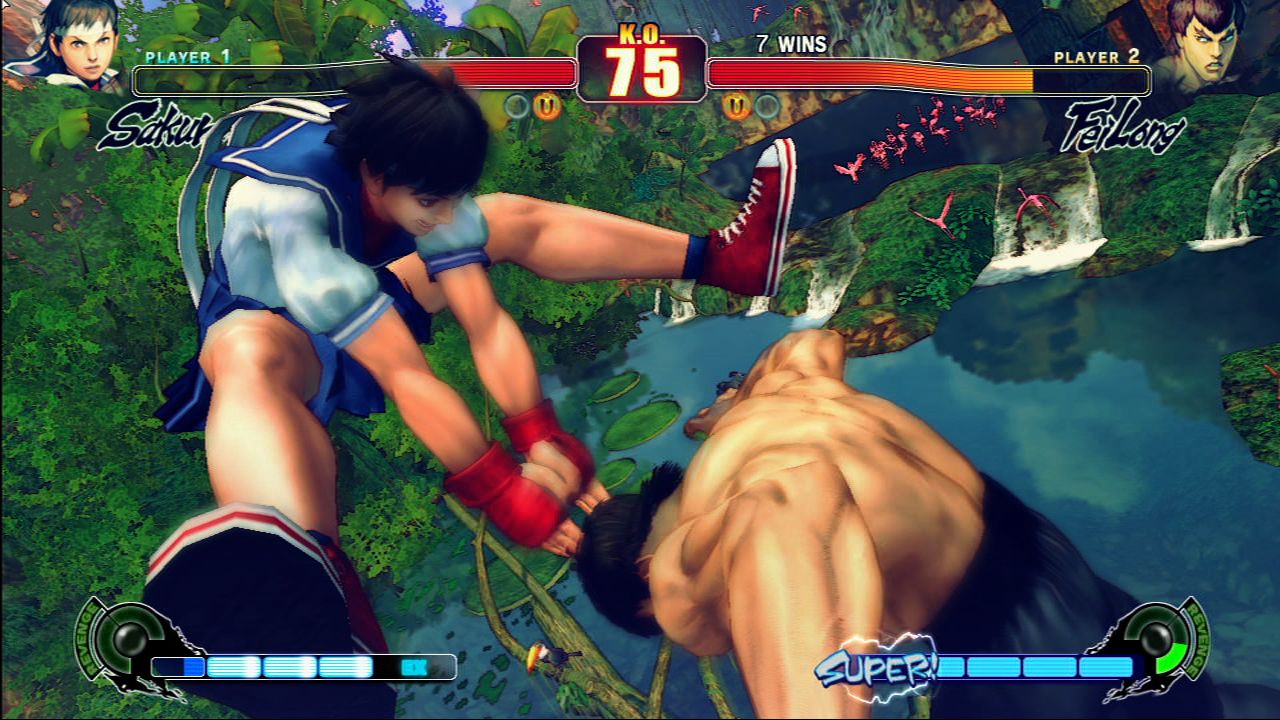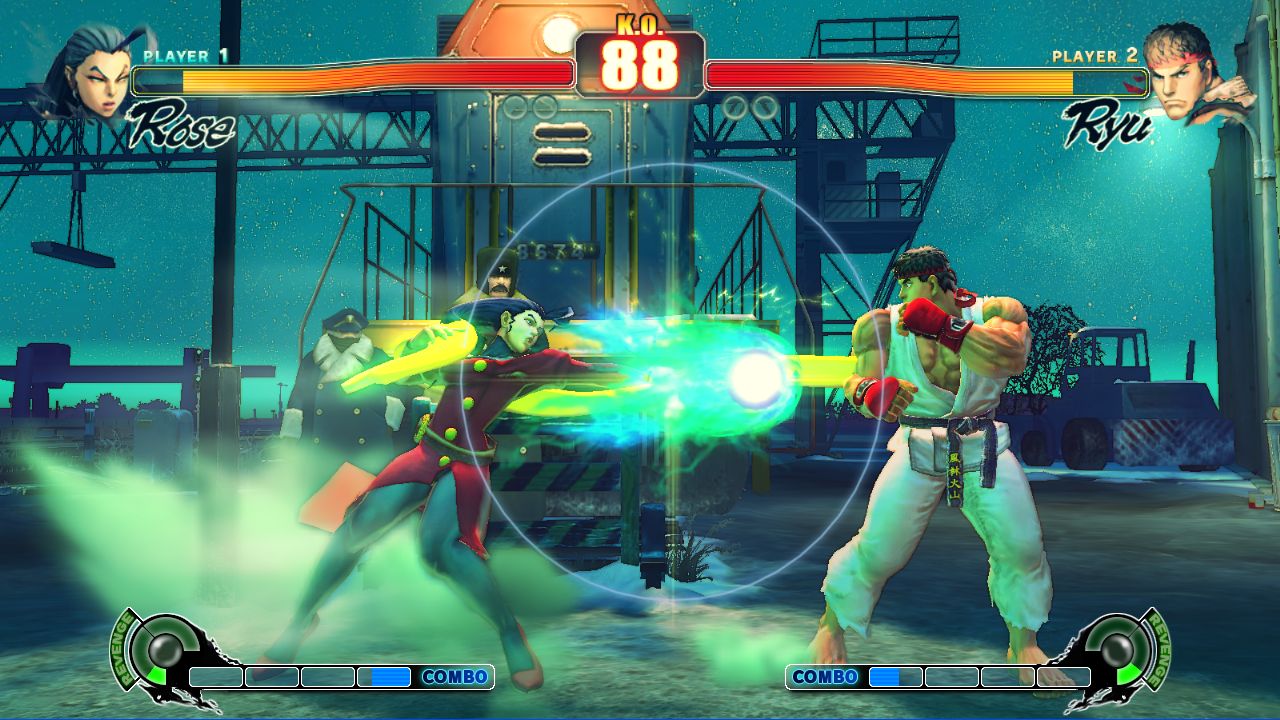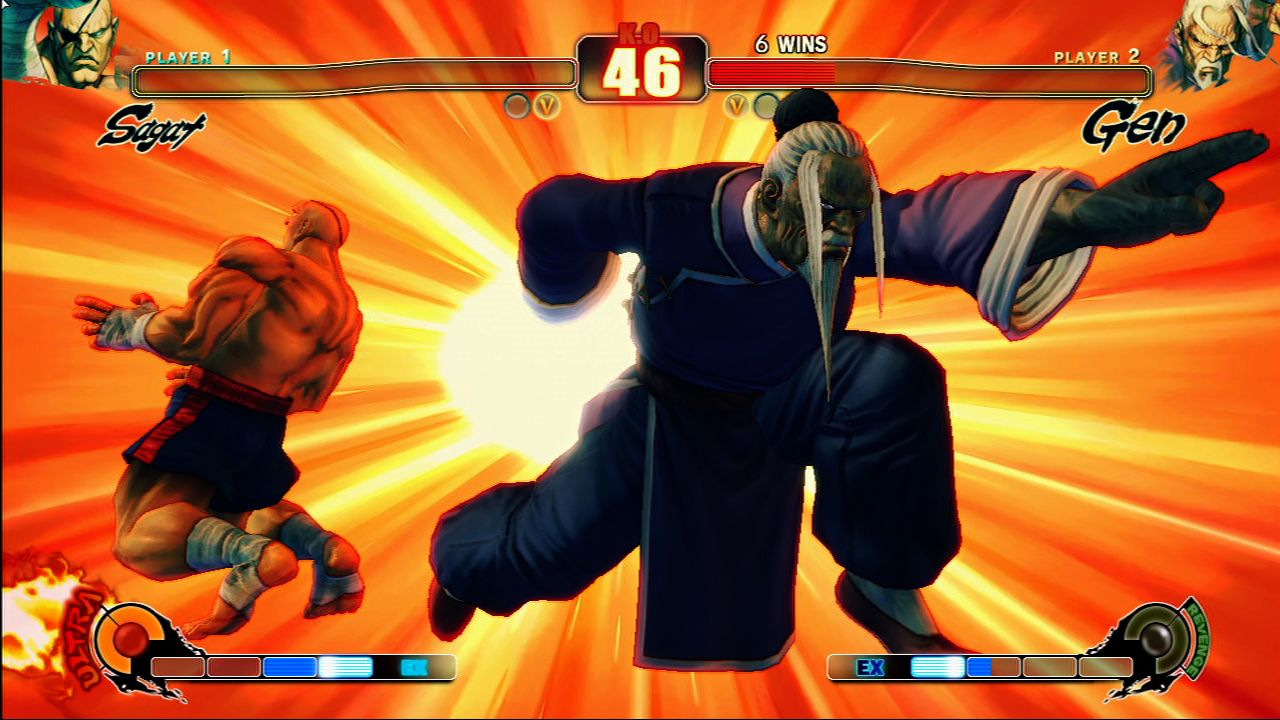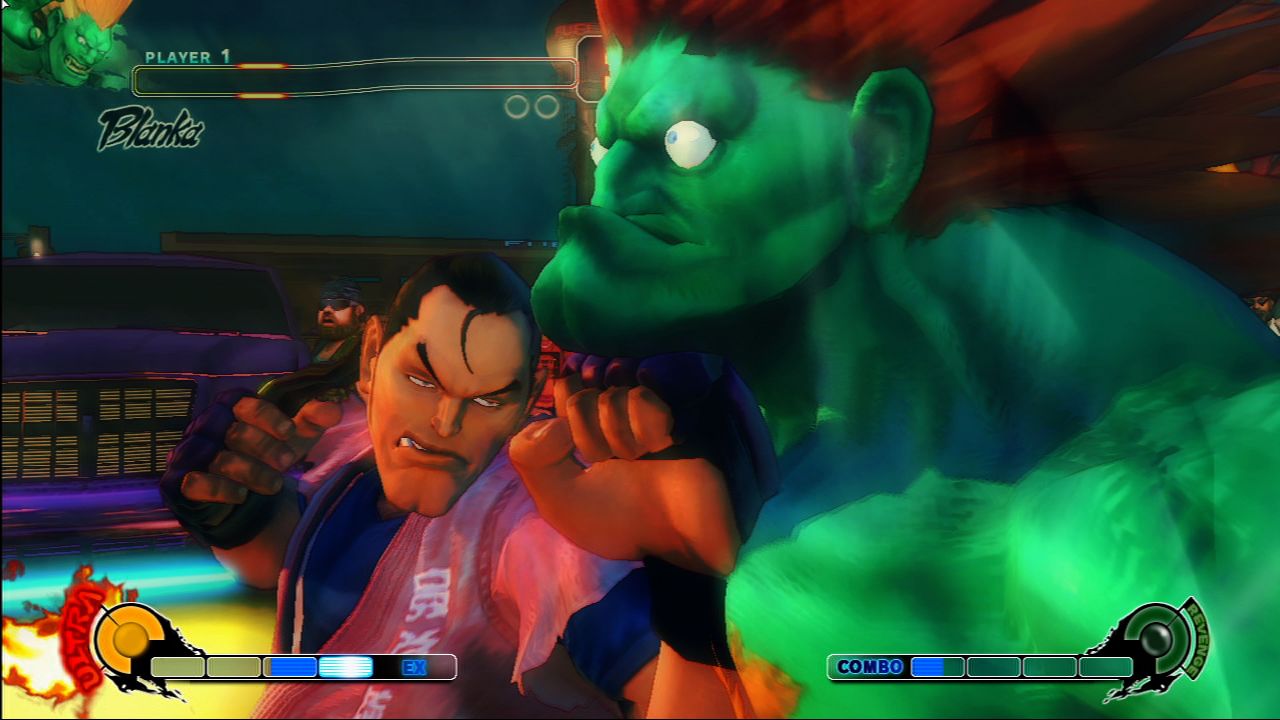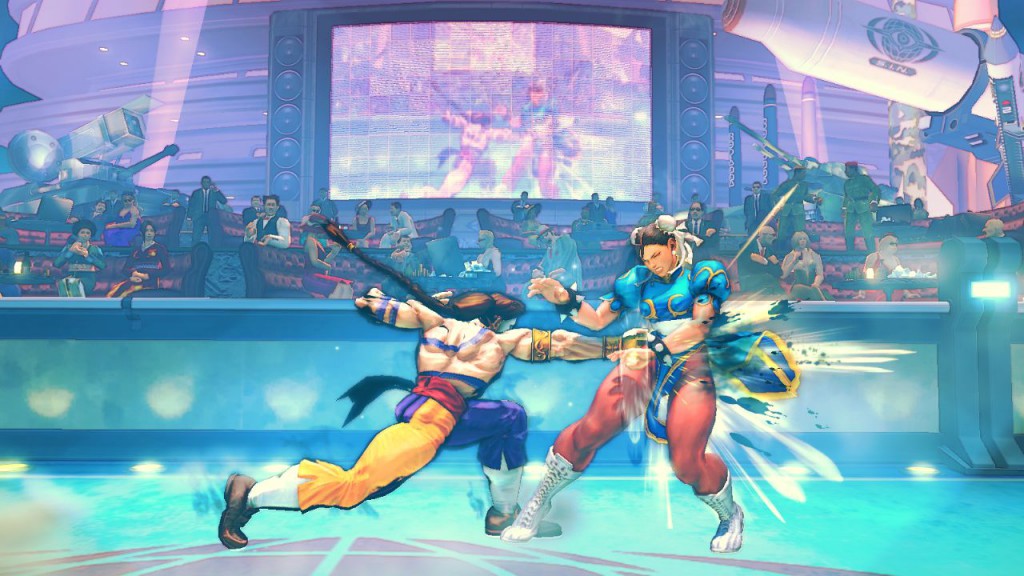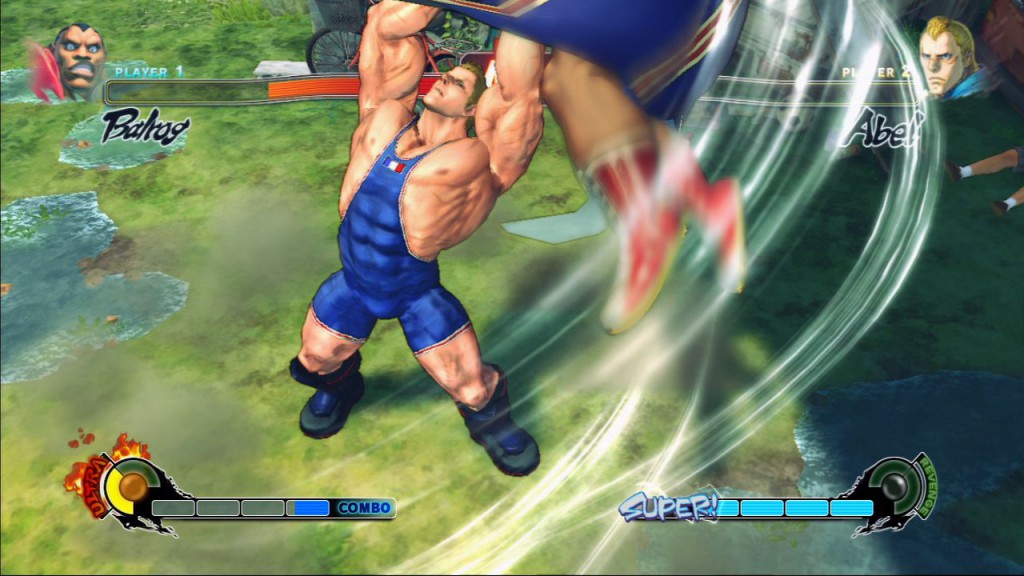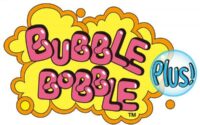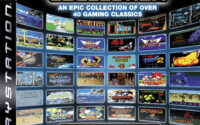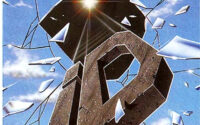Street Fighter IV Review
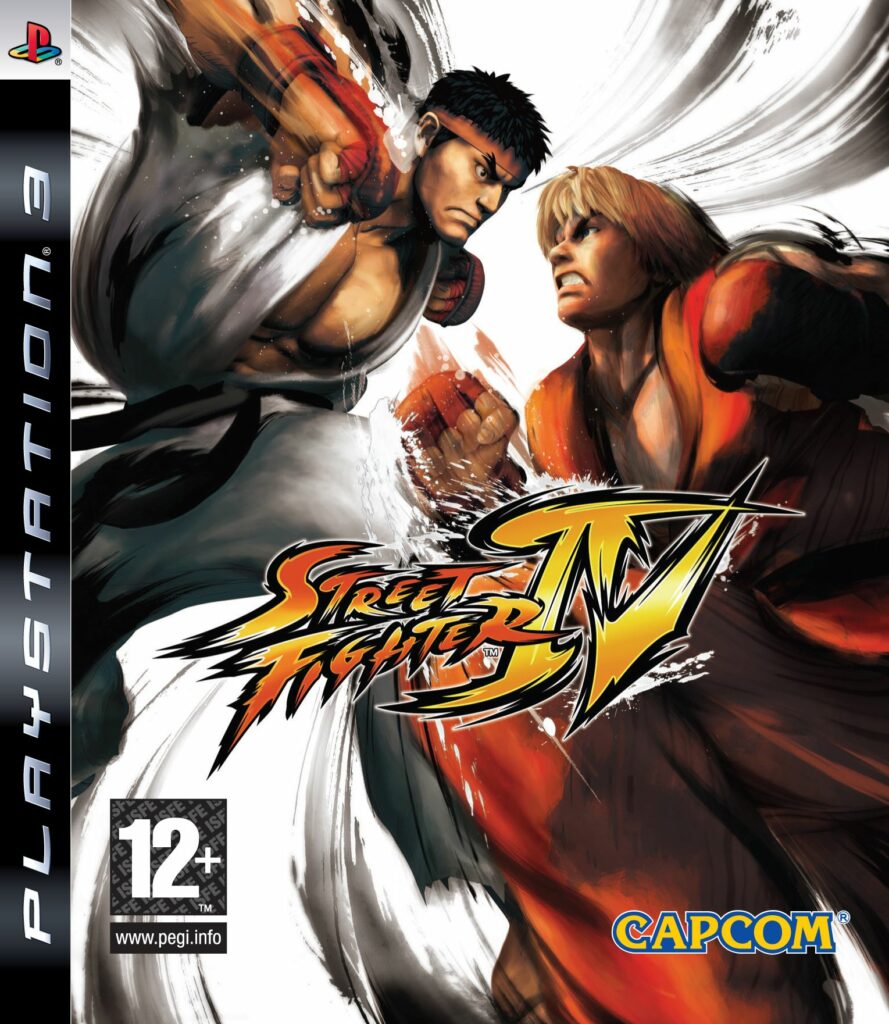
One of the best fighting games ever made – featuring both old and new characters.
Story
With the dictator M. Bison and the crime syndicate Shadaloo defeated, the world could finally breathe out. The second world warrior tournament had come to an end.
Now a new corporation known as S.I.N is rising to power and with an unknown agenda they host yet another world warrior tournament. The famed world warriors once again step up to prove who is the strongest.
The Game
Street Fighter IV is the chronological successor to Street Fighter II, and Street Fighter as a fighting game series has grown to become loved world-wide in both homes and the arcades.
Street Fighter IV on PlayStation 3 lets you play a fighter from a roster of 25 different characters and the fights are fought on a one-on-one best-of-three rounds basis. The main roster is built upon the twelve returning characters from Street Fighter II as well as four new characters. The new characters are:
- Abel – A mixed martial arts fighter who can not remember his past.
- Crimson Viper – A female super spy working as a double agent for the CIA.
- El Fuerte – A Luchador trying to find the ultimate recipes to further his cooking career.
- Rufus – A Kung Fu fighter looking to become the strongest fighter in the USA.
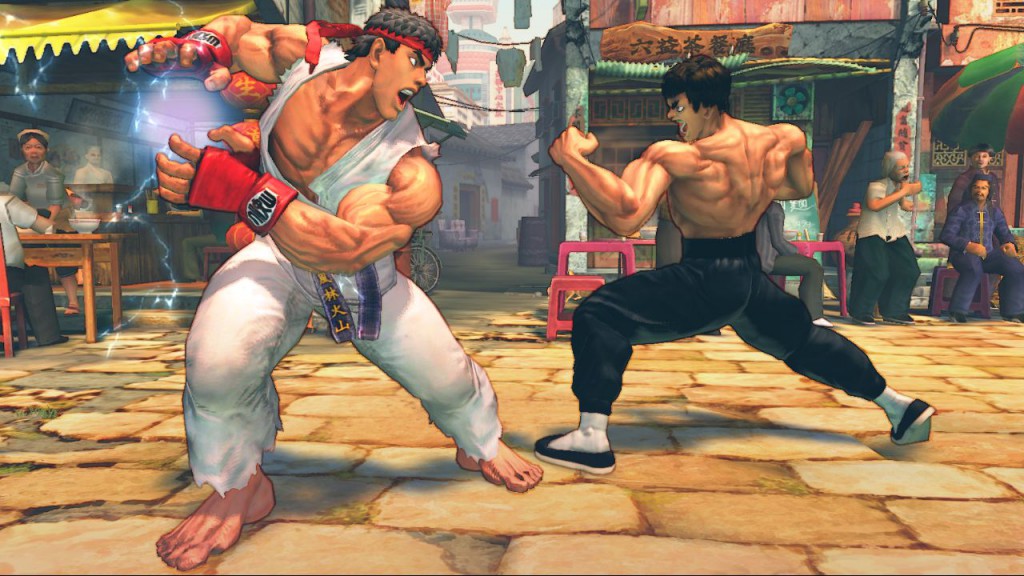
Content
A lot has changed since the last Street Fighter game but the basic game modes are still intact. They are as follows:
- Arcade Mode: You pick a character and follow their story. This mode features both an intro and an ending sequence. You can change the difficulty level, time limit and number of rounds in this game mode.
- Versus Mode: You can either play against the CPU or another player. Here you can change the number of rounds, time limit and the difficulty level of the CPU.
- Online Mode: This time around the online feature is split into three different modes. You can play Player Matches which doesn’t keep scores except wins and losses and you can tweak the game rules if you want, making this the friendly match type of game.
- The second one is the Ranked Matches and this mode grants you Battle Points which are used to measure your skill level and is also used in the matchmaking process. The concept here is simple. If you win you get points and if you lose, points are withdrawn. Ranked Matches lets you tweak the game rules as well.
- The third one (which came in a free patch) is called Championship Mode. This mode uses two different types of points called Grade Points and Championship Points. The difference being that Championship Points are reset after each championship, while you maintain your Grade Points. Every player starts at Grade 3 (or G3 for short). G3 championships are played using a three game setup, meaning that you have to win three times to be crowned the champion. You are given points depending on how far you get in the competition – losing or winning the championship resets the process. After gaining enough Grade Points you are taken to G2, G1 and then finally GS. Note that the number of matches you have to fight increase with each championship. You start losing points in G1 and as such players are expected to have reached a certain skill level standard as they progress through the grades but this does not work all that well because you only lose a few meager points when losing a fight and only if you happen to lose the very first fight in a championship.
A couple of new modes are introduced into the game with the Challenge Mode which includes Time Attack, Survival and Trial Mode. Time Attack is played on various levels, each one more difficult than the last. You take on a number of opponents based on the level you have reached and the goal is to simply beat all the opponents with time left on the clock. You get additional seconds when you win or meet certain conditions such as performing a Super- or Ultra Combo, or by winning a perfect match (not getting hit at all). Depending on how much time you have left when you beat the last opponent you get a medal; either gold, silver or bronze. This has no impact on the reward however, which is either a new title (which can be applied to your online profile), costume color or a new personal action (also called taunts).
Survival Mode is similar but instead of keeping track of time you are to get through a series of fights with as much health as possible. Winning gives you some health back but again, depending on the level you have reached. Survival Mode also grants you titles, costume colors and personal actions and it uses the same medal system. Both of these modes have various tweaks depending on the level. The first levels give you back more health, defense and your super / ultra meters are replenished on their own. On later levels however, these advantages are given to the opponent instead and you are given none or even disadvantages.
The Trial Mode is perhaps one of the best features given any fighting game for quite some time. This mode shows you what all characters can do as well as some basic combos to some more advanced combos. This mode is meant to teach both new and old players how the game works and completing these trials unlocks concept art on whatever character you are using. Completing the hard trial mode gives you character specific icons as well as titles and these can be used during Online Mode to show everyone your achievements.
The much needed Training Mode is still present and while it is an old feature it goes hand in hand with the new Trial mode. This is where you can practice against a target dummy, CPU or even a human player. This mode allows you to change a lot of settings such as dummy action, super and ultra gauge, counter hits, stun settings and so forth. You can even turn on the input display which will show you exactly what inputs you are inputting. You aren’t however treated with the timing of your attacks and as such some people will experience difficulty in timing combos and such with the lack of feedback given by the game.
Training mode allows you to turn on the attack data as well; this displays damage, stun, damage scaling and the total combo damage. This makes it possible to analyze your combos and moves. There’s some room for improvement here – but for what it is, it does help quite a lot.
The game has a great deal to of content that can be unlocked, including characters that are console exclusive. There’s a total of 9 characters to unlock such as the fan favorites Fei Long and Cammy, as well as Akuma and for the first time appearing in any Street Fighter game the legendary master Gouken.
Other than characters you can unlock concept art of each character as well as titles, icons, costume colors and personal actions. The game features around 17 stages and 25 characters in total, giving the game quite a bit of variety.
Controls
The main bulk of the game is of course the fighting, which despite everyone’s fears at first, still remain on the 2D plane seeing that the characters and backgrounds are rendered in full 3D.
Street Fighter IV is played using a stick and six buttons. Using a regular controller pad is not recommended but it’s certainly still a perfectly valid option for most players. The stick is used for movement, guarding and jumping while the buttons are used for three punches and kicks known as Light, Medium and Heavy. All characters can perform special moves by combining stick movement with button presses. To make special move execution easier they have added certain shortcuts, or alternative execution methods rather, but they do sometimes get in the way and you will unwillingly perform moves that you didn’t intend to, leading to awkward situations. This is not a huge problem but it is still a problem.
By pressing both Light buttons you can throw your opponent. Both Heavy buttons will use your characters personal action (or taunt). The new main feature of Street Fighter IV is called the Focus Attack and it is done by pressing and holding the medium buttons.
The Focus Attack has three steps depending on how long you hold the buttons – the first step is done by just pressing the buttons and this is nothing but a quick counter hit – you can always absorb one hit whenever you use a Focus Attack. The second step is a bit more advanced and the only way a player can tell whether or not they are in the first or second step is a brief flash of light that engulfs the character, but hitting an opponent will temporarily stun them and send them to their knees essentially giving you a free combo. The last step is down by simply holding down the buttons until the character automatically launches an attack – the difference is that a fully charged Focus Attack cannot be blocked and you are still given the stun effect. Certain special moves have “armor breaking” properties, meaning that they can break your Focus Attack making you automatically drop your charge and what’s more, you can also be thrown while you are charging.
Focus Attacks have a second function as well called Focus Canceling. This lets you essentially cancel one of your current actions and ignore the recovery time from that attack. This makes it possible to do otherwise impossible combos and to make unsafe attacks safe. What attack or special move you can cancel is character specific, so it is important to remember that not all moves can be canceled.
While Focus Attack is a huge part of the game so are the Super- and Ultra Combos. These gauges are always shown on the screen and they both add a lot to the game. The Super gauge is located at the bottom of the screen for each player. This gauge is composed of four smaller bars that fill up as you attack your opponent or get hit and when all the four bars are filled you can perform a Super Combo. Super Combos are powerful attacks that are character specific and as such have different areas of use. The super gauge can also be used to perform EX special moves. These are basically empowered versions of your standard special moves that it do more damage, have faster recovery, have more invincibility frames, have super armor and much more. Finally the super gauge can be used to Focus Cancel. This drains half of your gauge so you have to constantly decide whether or not it is worth it.
This leads us to the Ultra Combos, which are very powerful combos that your character does automatically when you input the correct command. This gauge is located next to the Super gauge and is only filled whenever you take damage. The Ultra Combo gauge is split in half, so it is usable when it reaches the half way point, but when it is filled completely it does a lot more damage. As such it gives the losing fighter a chance to turn the match around, or at least to catch up.
Ultra Combos are also character specific and they all have different and flashy looks. During Ultra Combos the camera will follow smoothly and show the characters from different camera angles which is never before seen in any other Street Fighter game. These flashy camera movements are well done and surprisingly enough they don’t slow down the game one bit. After many uses however they can become somewhat repetitive even though it is strangely amusing every time you connect an Ultra Combo.
Street Fighter IV is easily one of the best fighting games ever made. It is a well balanced game but with a few seemingly obvious misses (certain characters feel a lot stronger than others) and it has got a great cast of characters. But most importantly the game plays extremely well – it’s easy to pick up but has enough tricks to learn to keep most players interested for a long time. The fights are intense and the newly introduced Focus Attacks as well as the Ultra Combos make for some interesting situations and comebacks.
Multiplayer
While the game is almost flawless whilst playing against a friend or someone else locally, the online part of the game has some serious issues. Please note that this is only regarding our experiences with the European version and PlayStation Network;
As expected it is rather difficult to find games at times and most of the time you will be experiencing a great deal of lag. When searching for opponents you will often find either one to four players or none at all and most of the time you cannot even see their connection status. If you should decide to join a game with no status you can still be lucky to find a player with decent connection. Also, even if you get to see their status it doesn’t give any guarantees, which renders the connection status icon rather useless – you never know what kind of connection you will be playing against either way.
The connection statuses of each player are indicated by a connection bar. This indication is hazy at best as five bars, which supposedly is the best connection, doesn’t automatically mean a good connection but rather, it means “a better chance for a good connection” and you can still experience lag while two to three bars can feel lag free – as much as possible that is. This is extremely frustrating and at times you could be searching for opponents for over five minutes with no luck.
While all this is a big problem and could need some serious fixing, there are still more problems with the network modes, especially if you decide to play the Championship Mode.
So while playing the Championship Mode you now and then get a message telling you “The previous championship didn’t end properly”. Obviously, this isn’t very helpful as it doesn’t say why it didn’t end properly; but your points are still taken away. At times you can even be disconnected from the PSN without any reasonable explanation resulting in that the game thinks that you dropped from the game. This seems to happen at complete random intervals – some days it is completely impossible to play through an entire championship while other days have no problems. If you get disconnected you of course lose whatever points you had gathered since your previous championship.
Thankfully you can always play Player Matches with your PSN friends or if you are lucky you can find someone through the search function that has a good connection with you. This is by far the smartest option, but it’s also a disappointment because playing for points is a lot more competitive and naturally it feels more authentic. But I guess local tournaments cannot be replaced that easily.
So while the game absolutely shines when played offline with buddies and rivals, the online part is filled with problems and perhaps even bugs that make it a frustrating experience. But at times it can be a fantastic experience because it gives you a unique opportunity to take on multiple different opponents with completely different fighting styles.
Graphics
The visuals of Street Fighter IV are perfect because they are exactly what you expected; the characters look great, animations are fantastic, the scenery is breathtaking and there are tons of hilarious details that you’ll find here and there. Street Fighter IV features a great deal of facial expressions so the fighters react to whatever is going on; for example whenever you execute an Ultra Combo your opponent will drop their jaw in terror. There are plenty of situations where the characters will respond in various ways, as kicks and punches deform facial structures and so forth. There is an amazing amount of details in Street Fighter IV, which is one of the biggest reasons why the game looks so full of life.
The game has various locations where you fight such as in temples, on a boat, in a jungle, in a marketplace or on an airfield. The stages are all set at different times of the day – some stages have sunsets while others are at night etc. And of course the stages all have their own audience cheering on the fighters and there’s a lot going on in the background such as people falling down from ledges, people riding bikes, animals jumping around and that’s just naming a few.
Sound
As any other Street Fighter game the soundtrack here is memorable. The theme song will get stuck in your head directly and won’t leave without a fight – and the music during fights are almost instantaneously classic. The electronic soundtrack fits the game well and it is accompanied by several remixes of old songs which makes the soundtrack an incredible mix of both old and new.
The game can be played with either Japanese or English voices, where the English voices are outright horrible. Luckily the Japanese voices are great though and there are tons of nice screams, yells, taunts and meaty punching and kicking sounds.
Summary
Street Fighter IV lived up to the anticipation and the hype. The game is as smooth as ever and the new visuals carry the franchise perfectly. The game is filled with things to unlock and it packs enough features to satisfy anyone looking for a solid fighting game. There are a couple of details that could have used some more tweaking, like the online feature, as that’s where you’ll find the most noticeable issues.
But however you put it, Street Fighter IV is the perfect gateway to the fighting game scene as well as the choice of many veterans.
